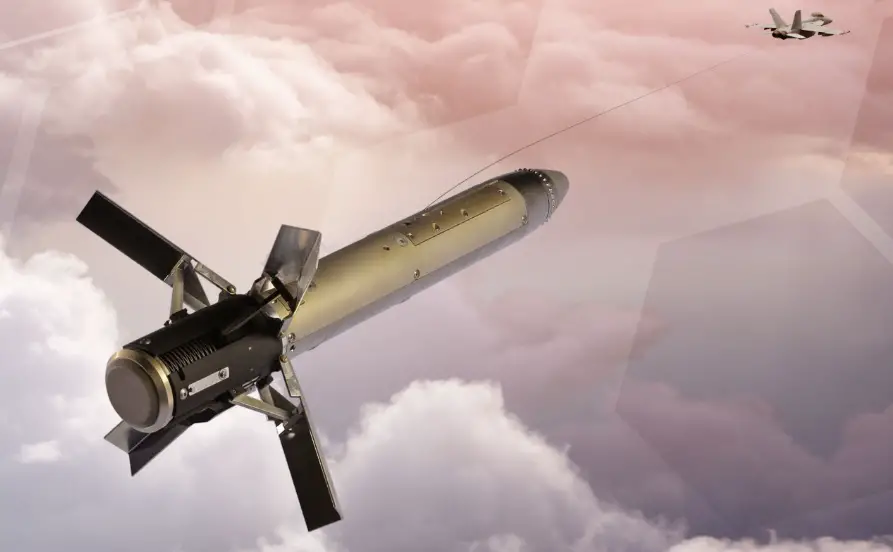BAE Systems has been selected by the U.S. Navy to develop Dual Band Decoy (DBD), one of the most advanced radio frequency (RF) countermeasures in the world. DBD is a cutting-edge RF self-protection jammer that shields fighter jets from enemy attacks. Expanding the capabilities of BAE Systems’ combat-proven AN/ALE-55 Fiber-Optic Towed Decoy, DBD consists of a towed unit connected by fiber-optic cable to electronic warfare equipment onboard the aircraft. The decoy delivers the latest jamming technology to disrupt enemy radars and lure missiles away from the aircraft.
The AN/ALE-55 Fiber-Optic Towed Decoy, or ALE-55, is an RF (Radio Frequency) countermeasure under development by BAE Systems Electronic Solutions for the F/A-18E/F Super Hornet. The ALE-55 is an RF countermeasure designed to protect an aircraft from radar-guided missiles. It consists of an aircraft-towed decoy and onboard electronics. It works together with the aircraft’s electronic warfare system to provide radar jamming. In addition, it can also be used in a backup mode as a signal repeater, which allows it to lure incoming missiles away from their actual target.

demonstrating robust aerodynamic performance and its ability to jam threats. (Photo by BAE Systems)
“With Dual Band Decoy, we are building on the ALE-55’s years of mission success as a high-powered jamming system,” said Don Davidson, director of the Advanced Compact Electronic Warfare Solutions product line at BAE Systems. “Dual Band Decoy delivers broad capability that can be installed on a variety of aircraft and is upgradeable to address future threats.”
DBD can be launched by the pilot or automatically in response to threats, offering critical protection in highly contested airspace. Dual Band Decoy incorporates the company’s custom integrated circuits, enabling higher performance and more capability with reduced size, weight, and power. DBD is an integral part of BAE Systems’ Intrepid Shield™ approach to creating a protective sphere around platforms in highly contested battlespaces using the full electromagnetic spectrum to detect, exploit, and counter advanced threats. DBD will be initially fielded on the U.S. Navy’s F/A-18E/F Super Hornet. Work on DBD will be performed at the company’s state-of-the-art facilities in Nashua, N.H.
















